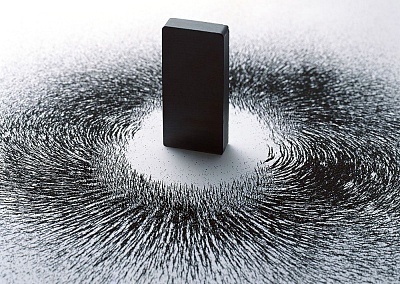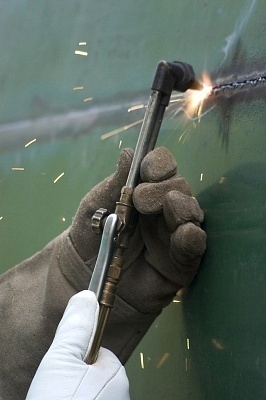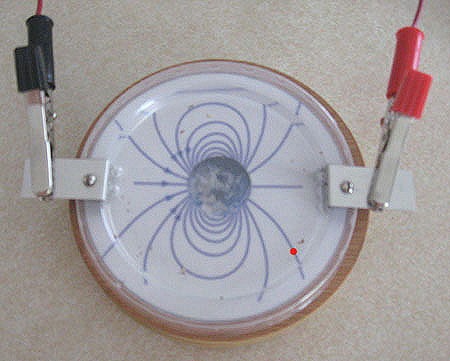A magnet is an object formed out of any type of material that can produce its own magnetic field. Such materials include hard magnets and soft magnets. Examples of hard magnets are neodymium magnets and refrigerator magnets which always remember the way in which they were magnetized.Examples of soft magnets are electromagnets, which can be switched on and off to change their magnetic characteristics.
All magnets are ultimately magnetized by some kind of a motion of electric charge. Magnets become magnetic due to their atomic interactions with various outside forces, such as stray electrons, which can have an effect on the spin and the angular momentum of the would be magnet's atoms. As the electrons hit the atoms in the material, the material becomes magnetic in what is called a magnetic moment.
There are a few elements that are naturally magnetic. Among these elements are iron, nickel, and cobalt to name a few. At room temperature and under no electrical stimulation, these materials are completely ferromagnetic and will interact easily with a nearby magnet of any type. According to the Pauli Exclusion Principle, they are known as ferromagnetic because they contain an electrical energy that is lower when their outer shell electrons are aligned during their magnetic moments. However, should the atoms be heated or cooled to their Curie temperature, they will lose their magnetic characteristics.
Types of Magnetic Forces
There are four ways in which magnets can interact with each other. The first is the reaction between magnets and ferromagnetic materials. This interaction will result in a strong attraction between the magnet and the ferromagnetic material, so long as the ferromagnetic material has not been previously magnetized. Both the north and south pole of the magnet will have an equal effect on attracting the ferromagnetic object.
Mixing a magnet and a diamagnetic material will result in the diamagnetic material being repelled by the magnet. While the repulsion is week, it is present nonetheless and will occur with equal effect from both the north and the south poles of the magnet.
When a magnet interacts with a paramagnetic material, the paramagnetic material will be weakly attracted to the magnet. While not as strong of a field as with the ferromagnetic materials, attraction will take place with both the north and south pole of the magnet.
Finally, when a magnet interacts with an antiferromagnetic material, the electrons of both materials will align with one another.




leena
This article is really helpful for me to understand how magnets are working…
Thanks for that…